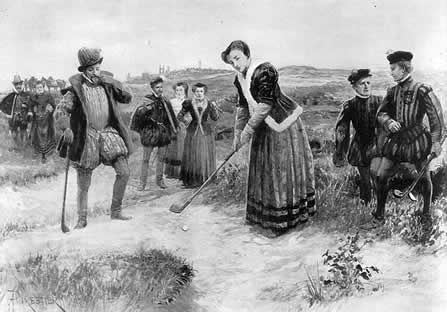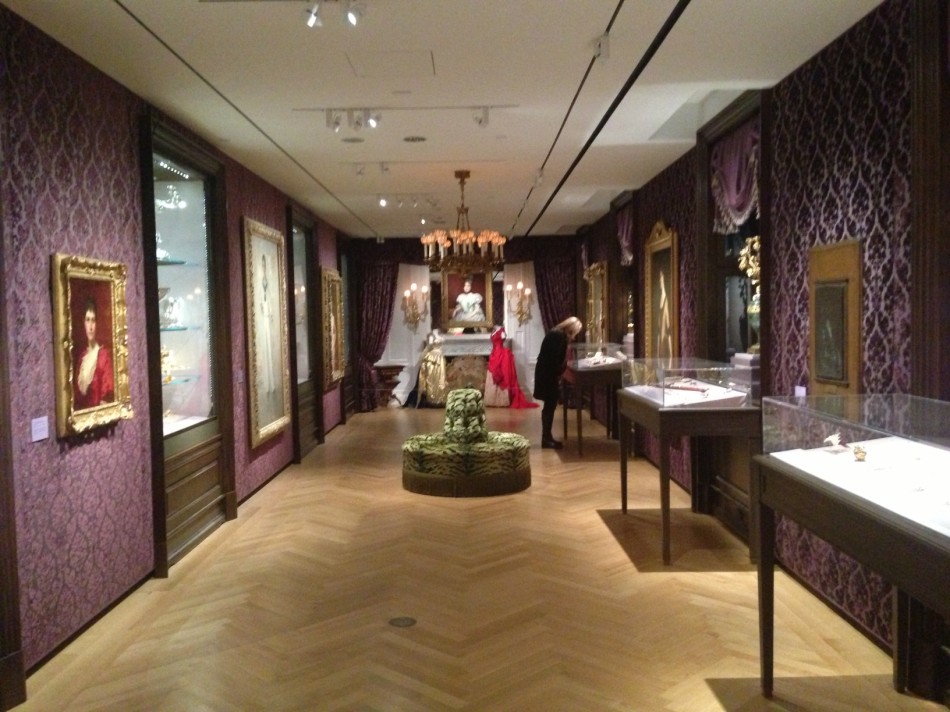
The bicycle had become commonplace and affordable, but the motorcar not yet ubiquitous, so it is a given that roller skating–essentially wheels on your feet–became an overnight sensation in 1905. Granted, there was a brief craze for roller skates when they were first massed produced in 1880s America, but the introduction of the bicycle no doubt stole its thunder. By the following year, roller skating had spread like wildfire across the country, and many newspapers reported its popularity was so great, young people neglected their other forms of amusement!
Roller skating soon reached Europe under the aegis of the American Roller Rink Company, whose managing director, C. P. Crawford, traveled as far as St. Petersburg to lease large plots of land on which to erect American-style roller skating rinks. Soon, in London, Paris, Vienna and Berlin, skating was “regarded quite as essential an amusement as theatres and music halls, and the rinks are never closed except in midsummer.” The Parisians loved the fad, hosting fancy dress balls on roller skates, divising new skating tricks, and even adapting popular dances for roller skating. A new costume for roller skating was de riguer, and lady skaters were advised to wear tailored suit and matching shirtwaist for the morning, princess gowns for the afternoon and evening, and Dutch dress (princess style with low neck and shoulder straps) over a chiffon guimpe, or corduroy princess-style frock for the night–all in brilliant colors. Shockingly, young Parisian ladies went without corsets during their morning skating sessions, and Americans fashion writers cautiously championed this.
As with all fads, there were detractors: concerned parents and religious leaders denounced the absorbing craze, and owners of ice skating rinks (and avid ice skaters) sniffed at roller skating as a lesser sibling to ice skating. Hyperbole from newspapers whipped up agitators against the fad, proclaiming how dangerous the sport was and citing the alleged hundreds of people injured or sacrificed by roller skating every week. However, as with all fads, the madness for roller skating died a natural death by 1912, probably because young people realized you couldn’t bunny hug or tango on skates!
Topics in Chronicling America – Roller Skating Craze





What a fun topic and one I have never before come across. Thank you for the education 🙂
Would you happen to know who or what type of businesses manufactured the roller skates and what happened to them once the craze was over?
On a personal note, my great grandparents were among the first to import and sell bicycles in their country. It caused a sensation when my great grandmother took to bicycling through the city as she he was the first woman ever to be seen on a bicycle over there. The novelty was such that it was captured in a formal photograph (of which I own a faded copy). It makes me wonder whether she ever heard about rollerskates or tried them!
@Danielle
You’re welcome! Based on a cursory glance at periodicals of the day, I think roller skate manufacturers were already in some type of manufacturing business. There was a lot of money to be made during the craze, and no doubt when it collapsed, those who didn’t invest all of their money into skates and roller rinks switched to manufacturing something else.
Your personal story is really neat! Did your great-grandmother wear a cycling costume (bloomers or divided skirt), or her regular skirt in the photograph?
Evangeline, definitely not bloomers. In the (1890s) photo she is posing sideways, seated on her bicycle in a full-length, dark garment. While I cannot swear to it because her left leg is lifted as if pedalling (if you look closely you can see the support that in fact keeps the bicycle still), obscuring her right leg and the front, it looks as if she is wearing an ordinary skirt. The bustle is clearly visible.
Her headgear is interesting. It is not a skimmer or one of the various types of small, jaunty hats, some unbrimmed like sailor’s caps, some be-feathered, that you see in pictures of lady bicyclists of this time. Instead it is just like the sleek, fitted, visored cap you would traditionally see on male bicyclists.
Now, this photo was not taken in a studio but outdoors, in summer sunlight, on a road fringed by a park-like landscape. Her husband can be seen in the same photo, also on a bicycle, and he looks like a bicyclist straight out of a period fashionplate (he actually organised and competed in bicycle racing). My impression, therefore, is that these are the clothes they both would really have worn when out bicycling. It all looks as very natural and relatively unstaged (despite the bicycle supports), not like people putting on their Sunday best for a formal studio sitting.
Fascinating to read! My great grandmother met my great grandfather at a roller skating rink in Sunderland in the Northf East of England during the Edwardian roller skating craze. In my grandfather’s words:
‘She got into difficulties while skating round and grabbed the nearest thing to stop her falling over – which happened to be my father!’ She was the daughter of a prosperous middle class bill poster, he a working class coal miner. Shows how love -and roller skating – levelled social class!
It’s amazing how far the roller skating craze travelled. There are newspaper adverts from here in New Zealand for public and private roller skating rinks starting in 1888! Not only were they available, but the owners taught skating classes and ‘fancy skating’. I’m a current competitive artistic roller skater and would have loved to see some of those classes.
It appears that the craze never really died out too much over here. Clubs were formed that kept building membership through the 20’s and 30’s right up to the hey-day of roller skating in NZ in the 50’s and 60’s.